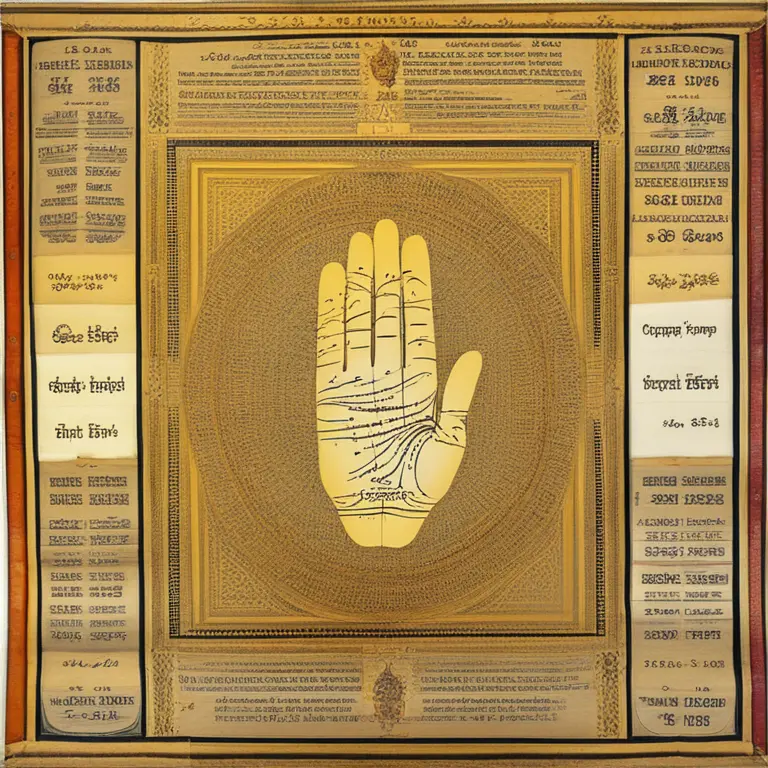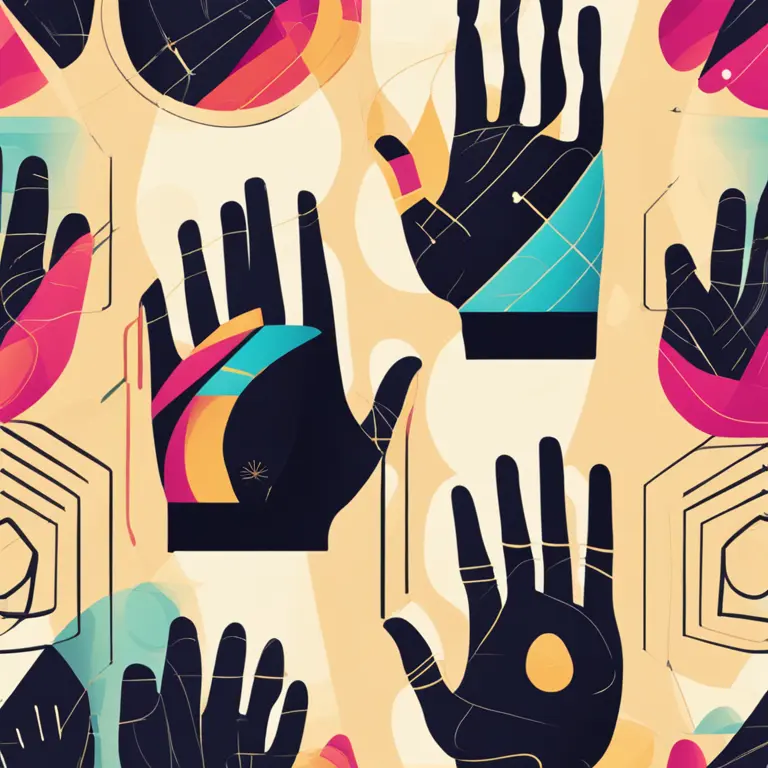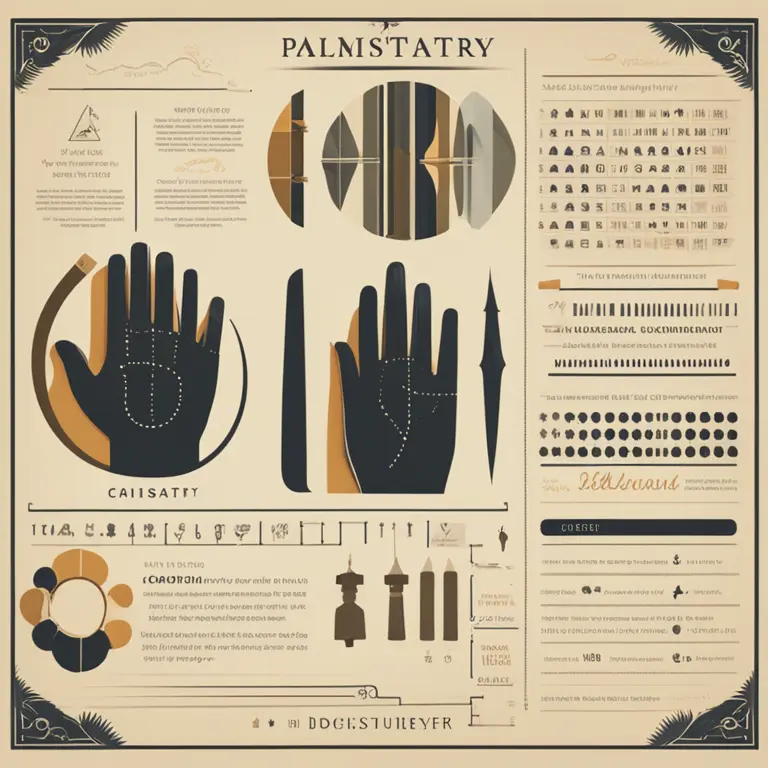
The Validity of Palmistry: A Closer Look
Investigate the accuracy of palmistry and its place in the contemporary world of divinatory arts.
article by Nora Pennington
Introduction to Palmistry
Palmistry, often referred to as chiromancy, has ancient roots that span across various cultures. Today, it remains a subject of intrigue and skepticism in equal measure. This article delves into the accuracy of palmistry, examining its credibility within the spheres of modern divination and personal insight. As a practice that interprets the lines and shapes of the hand to predict an individual's future and infer their personal traits, palmistry is widely practiced, but its preciseness continues to be a hotly debated topic.

Palmistry's Use in the Modern Era
Despite living in a technology-driven world, interest in palmistry has not waned. On the contrary, it has found new life through online platforms and applications. However, the question of palmistry's accuracy persists. Many practitioners assert that reading palms can give meaningful insights into one's character and fate, suggesting that our hands hold a map to our life's potential and challenges. Still, the level of accuracy is subjective and depends on the skill and experience of the reader.

The Science Perspective
Skeptics argue that there is minimal scientific evidence supporting palmistry's claims. Critics point out the lack of empirical studies proving a direct correlation between hand features and life events. They label palmistry as a pseudoscience, implying that its practices are not based on systematic scientific methods. Proponents, however, suggest that while palmistry may not meet stringent scientific criteria, it encompasses an intuitive understanding of human psychology that some find valuable.

Quality of Readings
The accuracy of a palmistry reading largely hinges on the palmist's dexterity. Practitioners with years of experience and a deep understanding of palmistry's nuances are more likely to provide insightful readings. Even so, due to its highly interpretative nature, different practitioners might give varying readings for the same palm. Consequently, consistency and replicability remain issues for the practice's credibility.
Personal Testimonies and Anecdotes
Scores of individuals swear by palmistry, sharing personal anecdotes where readings have resonated with their experiences or foretold future occurrences. These personal testimonies contribute to the perceived precision of palmistry. However, critics highlight the role of cognitive biases, such as the Barnum effect, where individuals believe vague, general statements are highly accurate for them personally.
Legal and Ethical Considerations
In some jurisdictions, palmistry is legally recognized as entertainment rather than a scientific practice. Ethical palmists often clarify the speculative nature of their readings, advocating for responsible consumption of their services. They also evolve their practices with ongoing personal research, with some even incorporating elements of psychology and counselling into their sessions to enhance their service's perceived accuracy and beneficial impact.
Conclusion: Accuracy in Context
The accuracy of palmistry is not universally quantifiable and remains a matter of personal belief. Its value may be in providing an alternate perspective on life's matters, rather than delivering empirically verifiable truths. As with all divinatory practices, individuals are advised to approach palmistry with open-minded curiosity and healthy skepticism.
Published: 1/29/2024
Modified: 1/29/2024
More predictions
Come back here soon to learn more about yourself and your future


Unlocking The World of Palmistry Healing
Discover the nuances of palmistry healing, the ancient art that interprets hands to promote wellness and guide life choices.


Palmistry: The Significance of Vertical Lines
Discover the meaning behind the vertical lines on your fingers with our insightful palmistry guide, revealing aspects of your character and destiny.


The Mystery of the Palmistry Health Line
Decode the mysteries of your vitality through the intricate details of the palmistry health line.